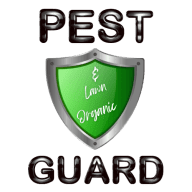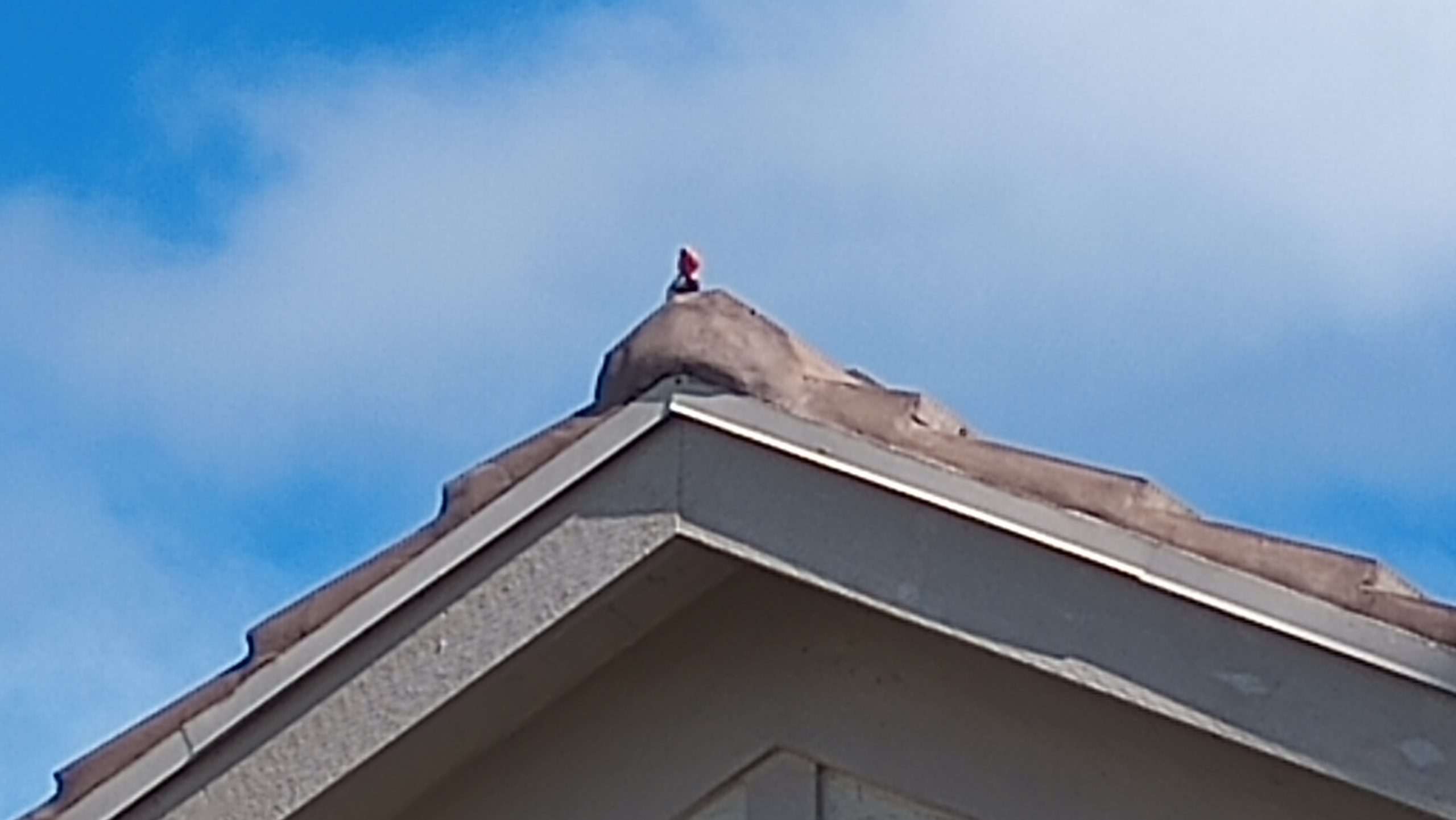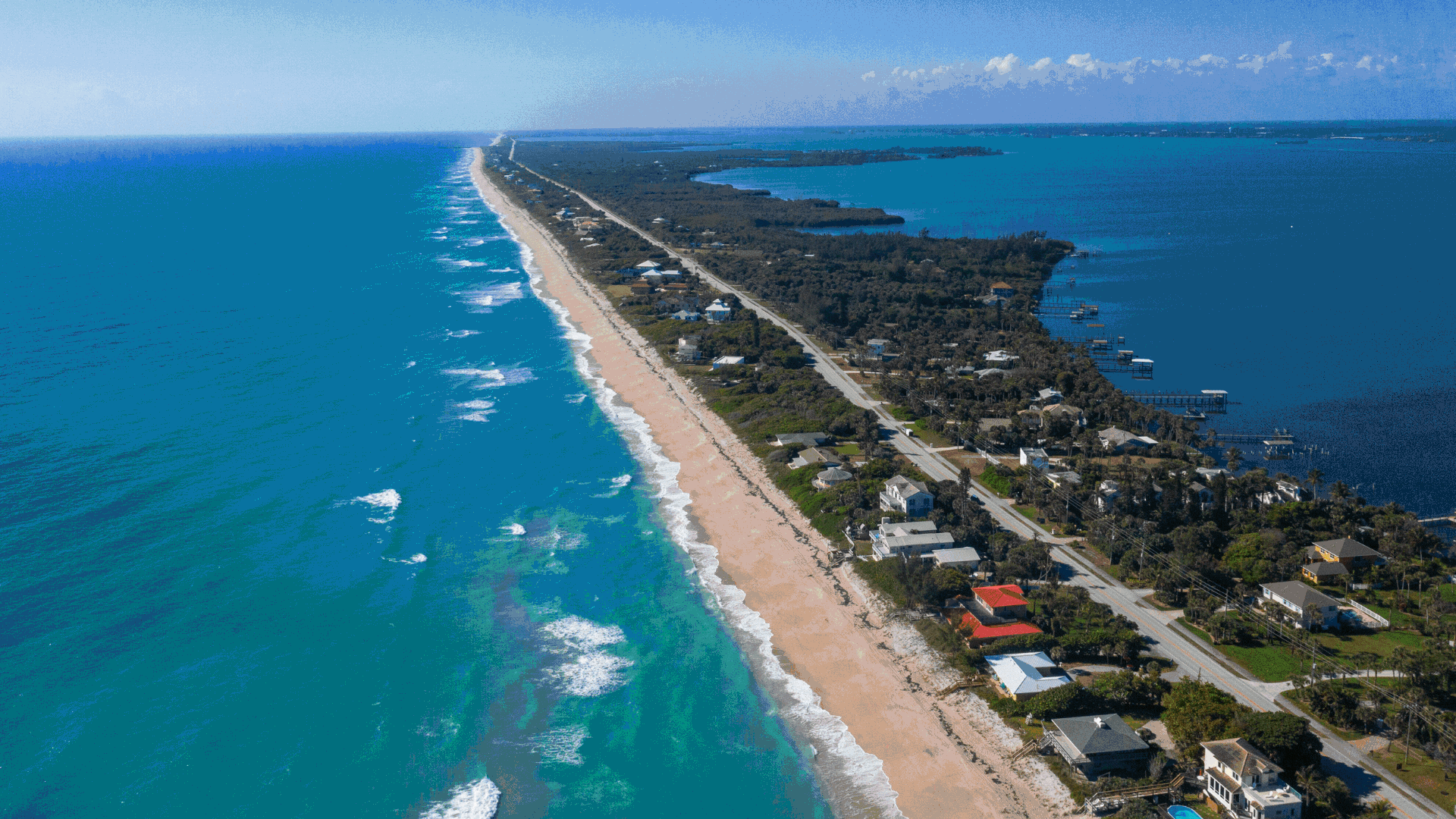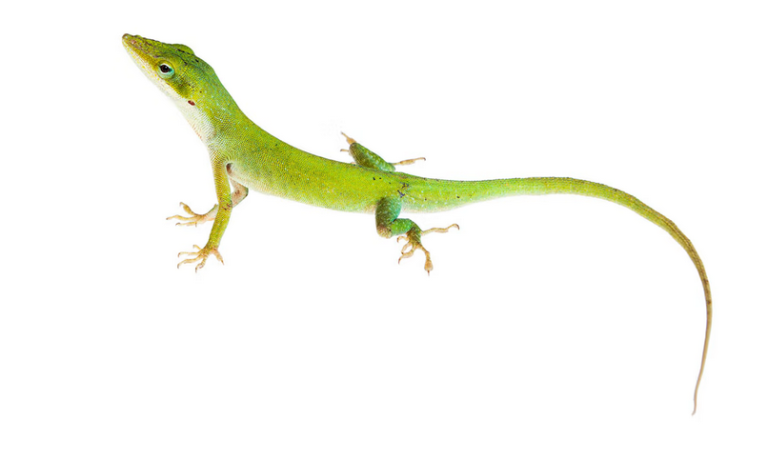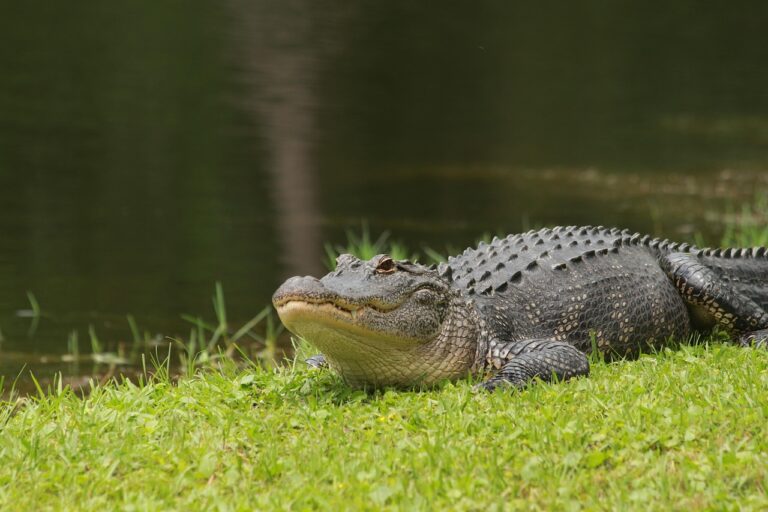Peters Rock Lizards AKA Rainbow Lizards: The New Florida Trend You (Probably) Don’t Want in Your Yard
Table of Contents
- 1 Peters Rock Agama
- 1.1 Peters Rock Lizards AKA Rainbow Lizards: It’s not a matter of if they’ll show up on your doorstep; it’s when they will
- 1.2 Sun-Kissed Hitchhikers: The Rise of the Peters Rock Agama
- 1.3 Florida’s Lush Embrace: A Paradise for Peters Rock Lizards
- 1.4 From Streetlights to Sidewalks: The Problems These Lizards Can Cause
- 1.5 Keeping Your Property Peters Rock Agama-Free: Prevention is Key
- 1.6 Peters Rock Lizards Inside Your Home? Call Pest & Lawn Organic Guard!
- 1.7 Beyond Lizard Removal: Pest & Lawn Organic Guard Keeps Your Home Protected
- 1.8 Keeping Florida a Paradise for You, Not Peters Rock Lizards
- 1.9 FAQ’s Peters Rock Agama/Rainbow Lizards
- 1.9.1 What are Peters Rock Agama lizards?
- 1.9.2 How did they get to Florida?
- 1.9.3 Where are they found in Florida?
- 1.9.4 Are Peters Rock Agama lizards dangerous?
- 1.9.5 Why are they a problem?
- 1.9.6 Do they get inside houses?
- 1.9.7 How can I keep Peters Rock Agama lizards away from my property?
- 1.9.8 What should I do if I find a Peters Rock Agama lizard inside my house?
- 1.9.9 Do you offer Peters Rock Agama lizard removal services?
- 1.9.10 What are some other exotic lizards found in Florida?
- 1.9.11 Will a hard freeze kill Peters Rock Agama lizards?
- 1.9.12 Is the Peter’s Rock Agama invasive?
- 1.9.13 How big are Peter’s Rock agama lizards?
- 1.9.14 What do Peters Rock agamas eat?
- 1.9.15 I found a burrow, how can i get rid of them and fill it in?
Peters Rock Agama
Peters Rock Lizards AKA Rainbow Lizards: It’s not a matter of if they’ll show up on your doorstep; it’s when they will
Living in Florida means sharing your paradise with a fascinating array of wildlife. But sometimes, those fascinating creatures can become a nuisance. Enter the Peters Rock Agama, also sometimes called the African Rainbow Lizard, a recent addition to the Sunshine State’s reptilian residents. While these colorful lizards might seem interesting at first glance, their presence can cause problems for homeowners.
At Pest & Lawn Organic Guard, we’re all about keeping your home safe and frustration-free. That’s why we’re here to shed some light on Peters Rock Lizards, including:
- What they are and where they came from
- Why Florida is a perfect storm for their invasion
- The problems they can cause
- How to keep them away from your property
- What to do if you find them inside your home (and how Pest & Lawn Organic Guard can help!)

Sun-Kissed Hitchhikers: The Rise of the Peters Rock Agama
The Peters Rock Agama ( Agama picticauda) is a native of sub-Saharan Africa, known for the vibrant orange or red heads sported by the males. These agile lizards are primarily insectivores, feasting on a buffet of ants, grasshoppers, crickets, and other insects. While they might seem like a welcome addition to a pest control plan, their presence can be disruptive.
These rainbow-hued reptiles are invasive in Florida. They were first introduced through the pet trade in the 1970s, likely escaping or being released from captivity. Since then, their populations have boomed, particularly in the southern and central parts of the state.
My personal observations, for instance, have documented them in Fort Pierce Inlet, Oslo Road, Orchid Island, Indian River Shores, Sebastian, and even pockets around Melbourne near the I-95 and Eau Gallue Blvd intersection and the Brevard County Landfill on Sarno Road.
It’s likely they are even more widespread than my sightings suggest, thanks to their ability to hitch rides on cars, boats, and even plants.
Florida’s Lush Embrace: A Paradise for Peters Rock Lizards
Florida’s warm climate and abundant insect life create a smorgasbord for these opportunistic feeders. Unlike their native African habitat, Florida boasts lush landscapes everywhere you look, allowing their populations to flourish year-round.
These lizards are also adept at finding suitable homes in human-made structures, basking on sunny patios and using their impressive climbing skills to navigate walls and fences.

From Streetlights to Sidewalks: The Problems These Lizards Can Cause
One of the biggest concerns with Peters Rock Lizards is their burrowing behavior. Their strong claws allow them to dig under sidewalks, foundations, and even around swimming pools, potentially causing structural damage.
Imagine my surprise when two weeks I witnessed over ten Peters Rock Lizards scurrying into a burrow beneath a sidewalk in Broward County, right next to a brightly lit streetlight! This behavior is problematic for two reasons:
- Infrastructure Damage: Their burrowing can undermine the stability of foundations and walkways.
- Attracting Other Pests: These burrows can become havens for other unwelcome guests, like underground bee hives, underground wasp nests, and even small mammals.
Keeping Your Property Peters Rock Agama-Free: Prevention is Key
While there is currently no guaranteed way to completely eliminate Peters Rock Lizards from an area, there are steps you can take to make your property less attractive to them:
- Trim Vegetation: Peters Rock Lizards love basking in the sun and using vegetation for cover. Keep bushes and tree branches trimmed away from your house to eliminate these opportunities.
- Eliminate Hiding Spots: Remove clutter from your yard, such as rock piles, leaf litter, and wood debris. This will take away potential hiding spots and basking areas.
- Seal Entry Points: Peters Rock Lizards can squeeze through surprisingly small openings. Caulk any cracks or gaps around your windows, doors, foundation, and utility entry points.
- Embrace the Darkness (A Little Bit): Those bright outdoor lights you leave on all night might be attracting a crowd you don’t want. Peters Rock Lizards are drawn to insects that gather around light sources. Turning off unnecessary lights at night can help deter them.
Peters Rock Lizards Inside Your Home? Call Pest & Lawn Organic Guard!
While Peters Rock Lizards primarily stay outdoors, they can occasionally find their way inside through open doors or windows. If you discover a Peters Rock Agama in your home, don’t panic!
Here at Pest & Lawn Organic Guard, we understand that unwanted guests, reptilian or otherwise, can disrupt your peace of mind. That’s why we offer safe and effective solutions to remove Peters Rock Lizards from your home. Due to the complexities of assessing the situation and potential entry points, we can’t offer upfront pricing for lizard exclusion services. However, we will provide a thorough inspection and transparent quote before any work begins.
Beyond Lizard Removal: Pest & Lawn Organic Guard Keeps Your Home Protected
While Peters Rock Lizards might be the new hot topic, they’re not the only potential pests you might encounter in Florida. At Pest & Lawn Organic Guard, we offer a comprehensive range of services to keep your home safe from a variety of unwanted visitors, including:
- General Pest Control: We use eco-friendly methods to target common household pests like ants, roaches, spiders, and termites.
- Termite Control: Protect your biggest investment with our effective termite control plans. We offer both preventative and curative solutions to ensure your home is termite-free.
Keeping Florida a Paradise for You, Not Peters Rock Lizards
Florida’s natural beauty is what makes it a beloved destination. By working together, we can ensure this paradise remains enjoyable for both humans and native wildlife. While Peters Rock Lizards might be here to stay, you don’t have to share your home with them.
Here at Pest & Lawn Organic Guard, we’re committed to helping you keep your property lizard-free. We serve a wide range of areas in Brevard County, including Indian Harbour Beach, Satellite Beach, Indialantic, Melbourne, Sebastian, and surrounding areas. Call us today at (321)704-0434 to schedule a consultation and learn more about our Peters Rock Agama exclusion services and other pest control solutions.
Remember, a proactive approach is key! By following the prevention tips outlined above and partnering with Pest & Lawn Organic Guard, you can keep your Florida paradise lizard-free and enjoyable for years to come.
FAQ’s Peters Rock Agama/Rainbow Lizards
What are Peters Rock Agama lizards?
Peters Rock Agama lizards ( Agama picticauda) are brightly colored reptiles native to sub-Saharan Africa. Males have vibrant orange or red heads. They are insectivores and eat ants, grasshoppers, crickets, and other insects.
How did they get to Florida?
Peters Rock Agamas were likely introduced to Florida through the pet trade in the 1970s, escaping captivity or being released intentionally.
Where are they found in Florida?
Peters Rock Agama populations are concentrated in the southern and central parts of the state. They have been spotted in Fort Pierce, Melbourne, Sebastian, Indian River Shores, and other areas. Their range is likely expanding.
Are Peters Rock Agama lizards dangerous?
No, Peters Rock Agama lizards are not dangerous to humans or pets. They are not venomous and will typically avoid confrontation.
Why are they a problem?
Peters Rock Agama lizards can cause problems by burrowing under sidewalks, foundations, and swimming pools, potentially damaging structures. Their burrows can also attract other pests like stinging insects.
Do they get inside houses?
While they primarily stay outdoors, they can occasionally find their way inside through open doors or windows.
How can I keep Peters Rock Agama lizards away from my property?
You can make your yard less attractive to these lizards by trimming vegetation, removing clutter, sealing entry points around your house, and minimizing outdoor lighting at night.
What should I do if I find a Peters Rock Agama lizard inside my house?
Don’t panic! Remain calm and contact a professional pest control service like Pest & Lawn Organic Guard. We can safely remove the lizard from your home.
Do you offer Peters Rock Agama lizard removal services?
Yes, Pest & Lawn Organic Guard offers humane exclusion methods to remove Peters Rock Agama lizards from your property.
What are some other exotic lizards found in Florida?
Iguanas are established in Florida, and there are pockets with large Geckos in some areas. There are Tegus in South Florida and Monitor Lizards in South and SouthWest Florida.
Will a hard freeze kill Peters Rock Agama lizards?
Yes, a hard freeze can kill them. However, the lack of such freezes in recent years has contributed to their population boom. Also, any population decrease will only be temporary as many of them will survive a hard freeze in their burrows.
Is the Peter’s Rock Agama invasive?
Yes, they are origionally from Africa.
How big are Peter’s Rock agama lizards?
Many ask “How big do rainbow lizards get?” Peters Rock Agama lizards exhibit sexual dimorphism, meaning males and females have noticeable size differences. Here’s a breakdown of their typical sizes:
Males: Adult males can grow up to 12 inches (30 centimeters) in length, with the tail accounting for a significant portion. Their heads are typically adorned with vibrant orange or red coloration.
Females: Females are generally smaller than males, reaching lengths of around 8-10 inches (20-25 centimeters). Their coloration is usually brownish or grayish with lighter markings.
So, while not massive reptiles, adult Peters Rock Agama lizards can grow to a decent size, especially the males.
What do Peters Rock agamas eat?
Peters Rock Agamas are opportunistic feeders, meaning they’ll readily consume whatever food source is readily available. Their diet primarily consists of insects, but they’re not picky eaters and will explore other options when presented. Here’s their typical food sources:
Primary Food Source (Insects):
Ants: A favorite food source for Peters Rock Agamas due to their abundance and small size.
Grasshoppers: Another common prey item, providing a good source of protein.
Crickets: These readily available insects are easily captured by these agile lizards.
Beetles: Various species of beetles can be part of their diet.
Other Insects: They may consume other insects they encounter in their environment.
Secondary Food Sources (Less Common):
Small Vertebrates: In some cases, they might consume small snakes, lizards, birds, or even mammals, particularly hatchlings or juveniles.
Flowers: They may occasionally nibble on flowers, especially brightly colored ones, though this is not a significant part of their diet.
Grasses and Fruits: While not their primary preference, they might consume some grasses or fruits if other food sources are scarce.
Note:
Their diet can vary depending on the availability of prey in their specific habitat.
They are primarily insectivores, and insects make up the bulk of their diet.
Their opportunistic feeding behavior allows them to adapt to different food sources.
I found a burrow, how can i get rid of them and fill it in?
Toss a mothball into the burrow or sprinkle in some granular lizard repellent. Re-fill the hole with dirt. The repellent in the soil should be enough to discourage the lizards enough to move to a new location.
